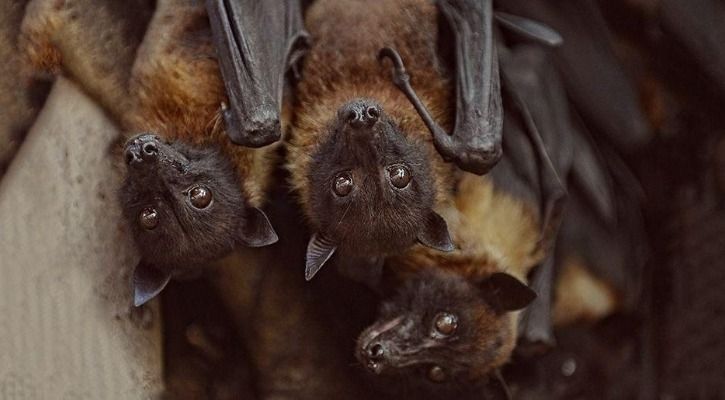AI has been a boon for humankind since its uses are endless and eternal. A team of international scientists has performed Machine Learning to identify bat species that act as potential hosts of the Nipah Virus.

With major disorders of this virus in Kerala, last year it resulted in the death of 17 of its citizens. Nipah virus is a zoonotic virus that spreads mainly from animals to humans. It can also be transmitted via infected food or directly between people. It is a subset of RNA viruses that cause serious respiratory diseases and can infect pigs, dogs, horses, and humans. Fruit bats of the genus Pteropus are the natural hosts of Nipah.
According to Dr. PO Nameer, Head of the Centre for Wildlife Studies in the College of Forestry at Kerala Agricultural University, Nipah virus presence in India was known from only one species of fruit bats – the Indian Flying Fox. However, the analysis revealed that at least 11 species of bats in India could be carriers of Nipah.
He further added that some species of insect bats could also be possible hosts. He and his team are convoying a detailed study by collecting samples. These studies will further help in taking precautions and preventing a possible disruption in the future.
The Nipah Virus Algorithm
The entire Machine Learning data analysis is based on already published scientific studies, globally. It covers 523 bats and 48 attributes including diet, migration behavior, foraging methods, geographic spread, reproduction, and environmental conditions. Scientists considered 31 bat species found in India out of which 11 are natural hosts to Nipah Virus.
The AI algorithm developed by the team has a success rate of 83% hence it is fairly good. It has also found six species in Asia, Australia, and Oceana that carry similar characteristics making possible hosts of this virus. Four of these species are found in India and two are found in Kerala.
Also Read :Samsung CEO admits pushing galaxy fold before time
The team examining Nipah Virus among bats include Raina K. Plowright, Daniel E. Crowley and Alex D. Washburne (Montana State University); Daniel J. Becker (University of Georgia, Athens); Barbara A. Han and Tao Huang (Cary Institute of Ecosystem Studies); P.O. Nameer (Kerala Agricultural University) and Emily S. Gurley (Johns Hopkins Bloomberg School of Public Health).





